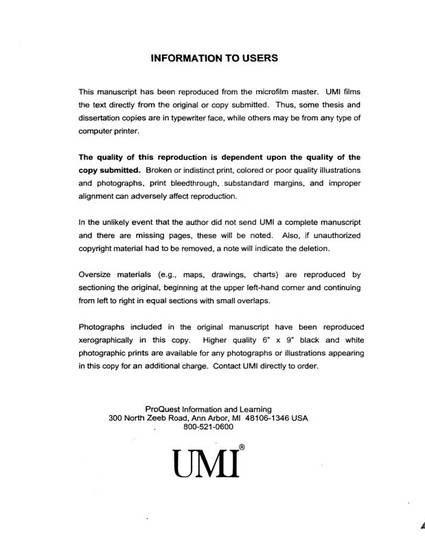
Historically, public sector transportation planning activities, especially in urban areas, have focused primarily on the movement of passengers. Recent emphasis, however, has been placed on statewide planning, and the movement of freight has received increased attention. This research developed a layered, statewide freight model of Iowa. In the layered approach, each model layer represents a commodity grouping or economic sector.;The primary commodity data used in the model was Reebie Associates' TRANSEARCH database. Fifteen commodity groups were selected to be included in the layered model. For each commodity model, a production/attraction table was synthesized from the TRANSEARCH data. The production and attractions data were distributed with a gravity model and assigned to the network using an all-or-nothing assignment algorithm. The assigned flows were then converted to truck or carloads, as appropriate, using commodity specific factors.;The innovation of this research was to create validation data based on observations of trucks and railcars in the field. An extensive data collection effort was undertaken where some 11,400 trucks and 4,400 railcars were observed at 20 locations around the state. For highway flows, commodity estimates were made for each observed truck, based on the type of trailer observed and information in the Motor Carrier Management Information System (MCMIS) database. Commodities were estimated for approximately 50 percent of the trucks observed. The estimates compared with an independent source, the 1991 Iowa Truck Survey, which stopped trucks to determine their commodities. For rail, commodity flows were estimated based upon the observed car type and commodity.;The commodity flow data were then used to validate the model. Results of the validation varied, depending on the commodity group. For highways, the technique was most effective for validating flows where specialized equipment was required (automobiles, chemicals, farm machinery). Average model errors for these commodity groups ranged from 8% to 70%. Other commodities transported in more general equipment had a larger variation in model error. For rail, model errors ranged from 20% to 90% for commodities that could be validated.
Available at: http://works.bepress.com/christopher_monsere/37/
